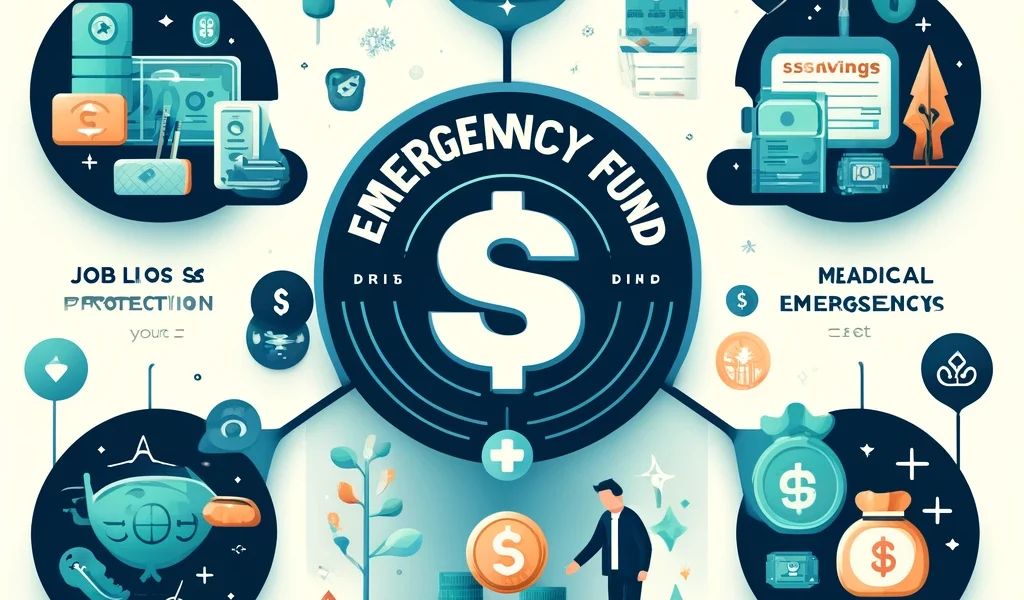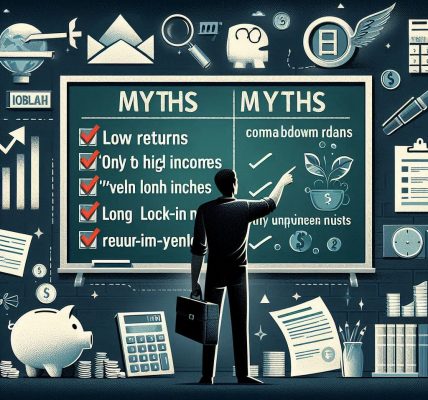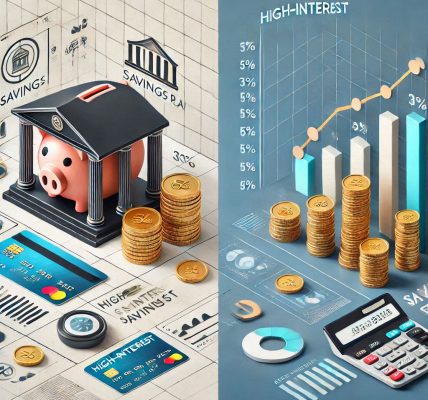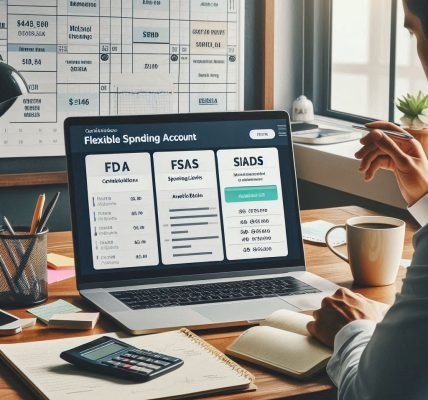Introduction
Life is unpredictable, and financial emergencies can arise at any time—whether it’s a sudden job loss, medical expense, car repair, or home maintenance issue. An emergency fund acts as a financial safety net, helping you handle unexpected situations without relying on credit cards or loans. In this guide, we’ll explore why emergency funds are essential, how much you should save, and the best ways to build and maintain one.
Why is an Emergency Fund Important?
- Financial Security – It provides peace of mind, knowing that you are financially prepared for unexpected expenses.
- Avoiding Debt – Having a cash reserve prevents the need to rely on high-interest loans or credit cards during emergencies.
- Job Loss Protection – If you lose your job, an emergency fund helps cover expenses until you find new employment.
- Medical Emergencies – Unexpected medical bills can be expensive, and an emergency fund can prevent financial strain.
- Home & Car Repairs – Essential repairs can be costly, and having funds set aside ensures you can address issues immediately.
- Flexibility in Financial Decisions – Allows you to take risks such as career changes or relocating without worrying about finances.
How Much Should You Save in an Emergency Fund?
The ideal emergency fund amount varies based on individual circumstances. However, financial experts suggest:
- Basic Safety Net: At least 3 months’ worth of living expenses for single individuals with a stable income.
- Standard Emergency Fund: 6 months’ worth of expenses for families or those with variable income.
- Extended Emergency Fund: 12 months’ worth of expenses for self-employed individuals, freelancers, or those in high-risk jobs.
How to Calculate Your Emergency Fund Needs
- List Your Essential Expenses (monthly rent/mortgage, groceries, utilities, transportation, insurance, loan payments, healthcare, etc.).
- Multiply by the Recommended Duration (3, 6, or 12 months, based on your financial stability and job security).
- Set a Realistic Savings Goal – For example, if your monthly expenses total $3,000, a 6-month emergency fund should be $18,000.
Where to Keep Your Emergency Fund?
Your emergency fund should be easily accessible but not mixed with daily spending accounts. Ideal options include:
- High-Interest Savings Account (HISA): Provides liquidity and earns interest.
- Money Market Account: Offers higher interest rates with check-writing privileges.
- Fixed Deposits with Partial Withdrawal Option: Provides disciplined savings with limited access.
- Separate Bank Account: Keeps funds safe from everyday spending.
How to Build an Emergency Fund?
- Set a Savings Goal: Determine how much you need and set milestones.
- Automate Savings: Schedule monthly transfers to your emergency fund.
- Cut Unnecessary Expenses: Reduce non-essential spending and redirect funds to savings.
- Use Windfalls Wisely: Allocate tax refunds, bonuses, or extra income to your emergency fund.
- Start Small, Stay Consistent: Even saving $20–$50 per week can add up over time.
- Increase Contributions Over Time: As your income grows, increase your savings rate.
When to Use Your Emergency Fund?
- Loss of Income: If you lose your job or experience a significant income drop.
- Unexpected Medical Expenses: If insurance doesn’t fully cover medical treatments.
- Home or Auto Repairs: If repairs are necessary for essential functionality.
- Urgent Family Needs: If an immediate family member requires financial assistance.
When NOT to Use Your Emergency Fund?
- Non-essential purchases like vacations or luxury items.
- Investing in stocks or real estate.
- Paying for planned expenses that should be covered by a sinking fund.
Replenishing Your Emergency Fund
Once you use your emergency savings, it’s crucial to rebuild it quickly. Ways to replenish it include:
- Redirecting discretionary spending back into savings.
- Allocating a portion of future income raises or bonuses.
- Reducing non-essential expenses until the fund is restored.
Conclusion
An emergency fund is a financial safety net that protects you from unexpected expenses and prevents financial hardship. By setting realistic savings goals, choosing the right account, and consistently contributing, you can build a strong emergency fund to handle life’s uncertainties with confidence. Start saving today and secure your financial future!




